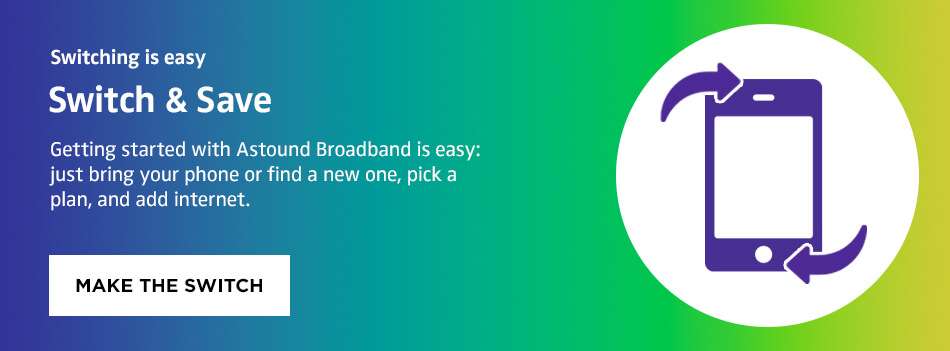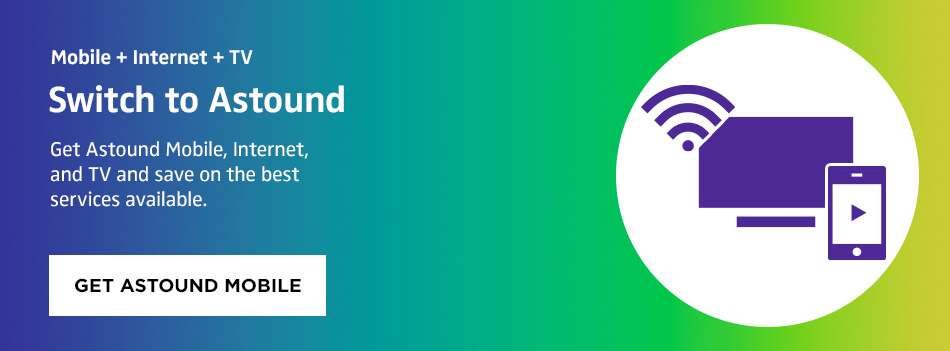How do phone upgrades work? Everything you need to know

To stay current with the latest mobile phone innovations, phone upgrades have become standard practice.
This article will explore the phone upgrade process and essential factors you should consider.
What you'll learn:
How do phone upgrades work?
A phone upgrade is the process of replacing an older mobile device with a newer, more advanced model with enhanced features, capabilities and technology.
You can upgrade your phone by buying a new one outright or through a contract with a mobile carrier. The upgrade process may entail transferring data, applications and settings from the old phone to the new one to guarantee a smooth transition and continued coverage.
The rules and conditions for how and when you can upgrade your phone vary by service provider, but there are some standard steps in the process.
Your options for upgrading to a new phone are buying a phone directly from a vendor or from the carrier’s physical shop. You can pay for the phone in full or in monthly installments over a one to two-year contract period. Some carriers also provide leasing alternatives, where you effectively rent your device for a set period.
When you upgrade your phone, carriers usually give you the option to either trade in your old device at the same time or to trade it in later.
When you trade in during the upgrade, you bring your old phone to the carrier’s shop or use their online trade-in process. You should ensure your phone is fully functioning and has been backed up properly. The trade-in value is then applied as a credit toward purchasing the new phone, lowering the overall cost.
Your carrier may also allow you to upgrade to a new phone first and then trade in your old one later.
Mobile carriers often provide a grace period during which you can test the new device to ensure it matches your expectations.
Video tutorial: How to activate and keep your current phone number.
After receiving the new device, you must complete the initial setup process.
Setting up involves signing in with your Google or Apple ID, transferring your old phone’s data, contacts, and apps to the new one, and subscribing to a cell phone plan.
Once you have successfully configured the new phone and transferred data, you then return your old device.

How to check if your phone is eligible for an upgrade
Upgrade eligibility is determined by your mobile service provider’s policies and requirements. You can usually check eligibility in your online account on the carrier’s website or by contacting your provider’s customer service.
To be eligible for a phone upgrade, your current phone must meet your carrier’s requirements to be exchanged for a new one.
If your phone isn’t adequately reset to default settings, backed up and shipped correctly, it can cause the evaluation process for your exchange to be delayed, or your phone may be declared ineligible for exchange.
According to WhistleOut, depending on your carrier, you can be eligible for an upgrade anywhere from one month to two years after you sign up. Some network providers will let you upgrade months before the end of your contract, but you’ll have to pay the remaining balance on your current phone.
Be sure to closely examine your mobile carrier’s terms and conditions associated with phone upgrades. These terms include any criteria, restrictions, or additional payments related to the upgrade procedure.
Understanding your provider’s policies is critical to ensuring a fast and trouble-free upgrade process.
How much does it cost to upgrade your phone?
The cost of upgrading your phone depends on a variety of factors including your mobile carrier, the type of upgrade you want, the precise device you wish to upgrade to, and any active promotions or deals.
Some mobile carriers may charge an upgrade fee meant to offset some administrative costs associated with processing the upgrade. If applicable, the upgrade fee is usually added to your next bill or paid at the time of purchase.
A substantial component of the total cost of upgrading your phone is the cost of the new phone. You can pay for the phone in full or choose installment plans that spread out the expense over a set period of time.
When you choose to pay in installments, the cost of the phone itself is reflected in the monthly cost of your cell phone plan. For example, for a high-end iPhone costing $1200, an average cell phone bill costs an additional $42 per month on top of your service plan.
Learn more: 13 ways to lower your cell phone bill
Upgrading before your current phone plan agreement ends may result in early termination penalties or a responsibility to meet the remaining contractual obligations. That’s why it’s important to review your contract’s terms and conditions carefully to understand any potential expenses or penalties for upgrading early.
The trade-in value of your phone may be enough to offset the cost of the new phone. Value is determined by criteria such as condition, lifespan, and market demand.
When you’re ready to upgrade, it’s worth taking the time to see if your carrier offers phone trade-ins as part of the upgrade process so you can save money.

Can I transfer my upgrade to someone else on my plan?
The ability to transfer a phone upgrade to someone else on your plan depends on your cell carrier’s guidelines and agreements.
Some carriers provide shared upgrade eligibility within a family or group plan.
In such circumstances, eligibility for an upgrade is not limited to a specific line. Instead, you can transfer your upgrade to another line on the same account, allowing them to update their phone.
The carrier may apply specific requirements or restrictions for such transfers like requiring the individual receiving the upgrade to accept responsibility for the remaining device payments or meet certain eligibility criteria.
Review your contract or financing agreement and contact your carrier to learn the precise rules around transferring an upgrade.
Can you cancel a phone contract?
You can cancel a phone contract, but you’ll likely have to pay early cancellation and penalty fees if you do.
Breaking a contract usually has financial implications, and the penalty amount varies depending on your mobile provider’s requirements and the contract’s remaining billing period.
Mobile carriers frequently impose early termination fees to recoup the expenses of subsidizing the phone or giving additional incentives at the contract’s start. These fees, which can be significant, are specified in the contract’s terms and conditions.
In addition, carriers may impose prorated costs for services used until the cancellation date, including talk, text, and data consumption. If your contract involves device financing, terminating early may mean you have to pay the phone’s balance in full to complete the contractual agreement.
Before you cancel your phone contract, you should explore the alternative options your carrier has to offer. After you first sign up for a phone plan or purchase a new phone, there is a grace period during which you can evaluate the quality.
If the new contract does not work for you, you can use the grace period to cancel the contract without penalty.
Other options include transferring the contract to another person, temporarily halting service, or negotiating a mutually beneficial arrangement with the carrier.
Remember to talk to your carrier’s customer service about contract cancellation, as they can provide specific help and advice depending on your circumstances and the policies in place.
Save with Mobile & Internet Together
Get the mobile service, home internet & streaming that’s just right for you.
Astound Mobile requires Astound Internet service. Coverage not available in all areas. A trademark of Ziff Davis, LLC. Used under license. Reprinted with permission. Where available. © 2024 Ziff Davis, LLC. All Rights Reserved. All names, logos, images and service marks are property of their respective owners. ©2025 Radiate Hold Co., LLC d/b/a Astound Broadband. All rights reserved.
This website contains instructional information, including from third-party sources, and is intended, but cannot be guaranteed, to be always up-to-date, complete and accurate. Astound does not endorse, and is not responsible for, any third-party content that may be accessed through this website. Any representation or warranty by Astound that might be otherwise implied by information on this website is expressly disclaimed. Astound expressly disclaims all liability or responsibility with respect to actions taken or not taken based on any or all of the instructional information contained on this website. Astound does not warrant or guarantee the availability of any services at any specific time or geographic location or that services will be provided without interruption. Not all aspects of the Astound services function on all equipment and devices. Use of this website is subject to the Web Site Disclaimer and Web Content Accessibility Policy.




















